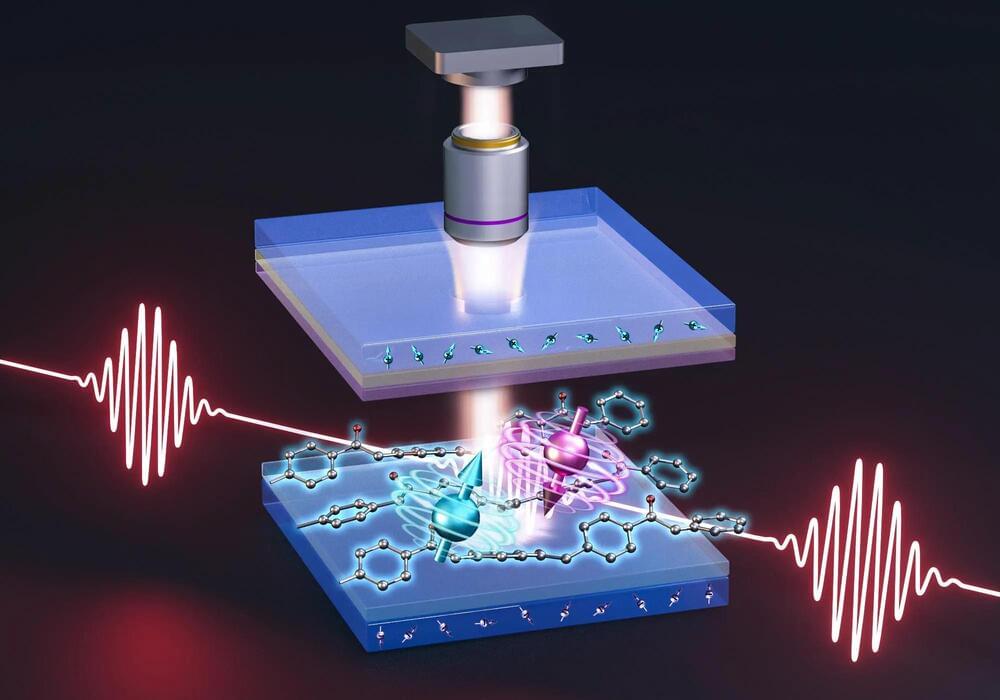UNSW Sydney researchers have developed a chip-scale method using OLEDs to image magnetic fields, potentially transforming smartphones into portable quantum sensors. The technique is more scalable and doesn’t require laser input, making the device smaller and mass-producible. The technology could be used in remote medical diagnostics and material defect identification.
Smartphones could one day become portable quantum sensors thanks to a new chip-scale approach that uses organic light-emitting diodes (OLEDs) to image magnetic fields.
Researchers from the ARC Centre of Excellence in Exciton Science at UNSW Sydney have demonstrated that OLEDs, a type of semiconductor material commonly found in flat-screen televisions, smartphone screens, and other digital displays, can be used to map magnetic fields using magnetic resonance.
